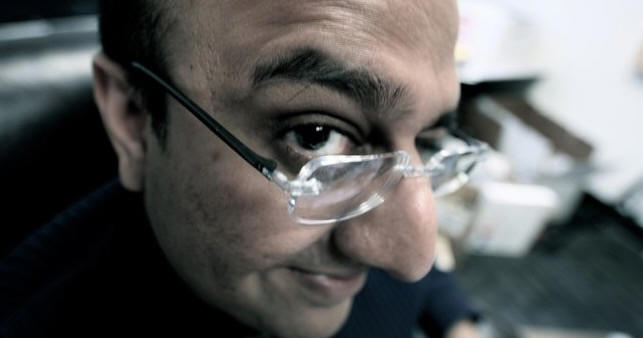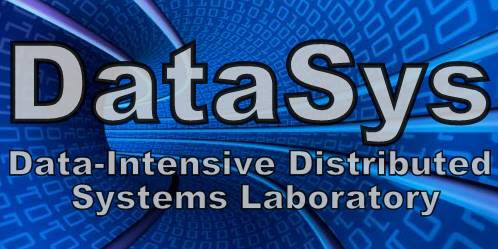Three-Dimensional Proxies for Animated Characters

Assistant Research Professor
Robotics Institute
Carnegie Mellon University
Stuart Building TBA
Tuesday, September 27th, 2011
11:00AM - 12:00PM
Abstract: In this talk, I will present new methods for capturing the three-dimensional motion of actors and their use in augmenting the animation of CG characters. Motion capture technology generally requires that recordings be performed in a laboratory or closed stage setting with controlled lighting. This restriction precludes the capture of motions that require an outdoor setting or the traversal of large areas. I will present the theory and practice of using body-mounted cameras to reconstruct the motion of a subject. Results will be shown in settings where capture would be difficult or impossible with traditional motion capture systems, including walking outside and swinging on monkey bars. Secondary motion, or the motion of objects in response to that of the primary character, is widely used to amplify the audience response to the character's motion and to provide a connection to the environment. These three-dimensional effects are largely passive and tend to be time consuming to animate by hand, yet most are very effectively simulated in current animation software. In this talk, I will present a technique for augmenting hand-drawn animation of human characters with 3D physical effects to create secondary motion. In particular, we create animations in which hand-drawn characters interact with cloth and clothing, dynamically simulated balls and particles, and a simple fluid simulation.
Bio: Dr. Yaser Sheikh is an Assistant Research Professor at the Robotics Institute, at Carnegie Mellon University. Prior to that, he was a postdoctoral fellow at CMU working with Takeo Kanade. He obtained his doctoral degree from the University of Central Florida in 2006 under the supervision of Mubarak Shah. His research focus is computer vision, primarily in analyzing dynamic scenes including human activity analysis, dynamic 3D reconstruction, mobile camera networks, and nonrigid motion estimation. He won the Honda Initiation Award in 2010, the best paper award at SCA 2010, ICCV THEMIS in 2009, and the Hillman Fellowship for Excellence in Computer Science Research in 2004.
 Data-Intensive Distributed Systems Laboratory
Data-Intensive Distributed Systems Laboratory